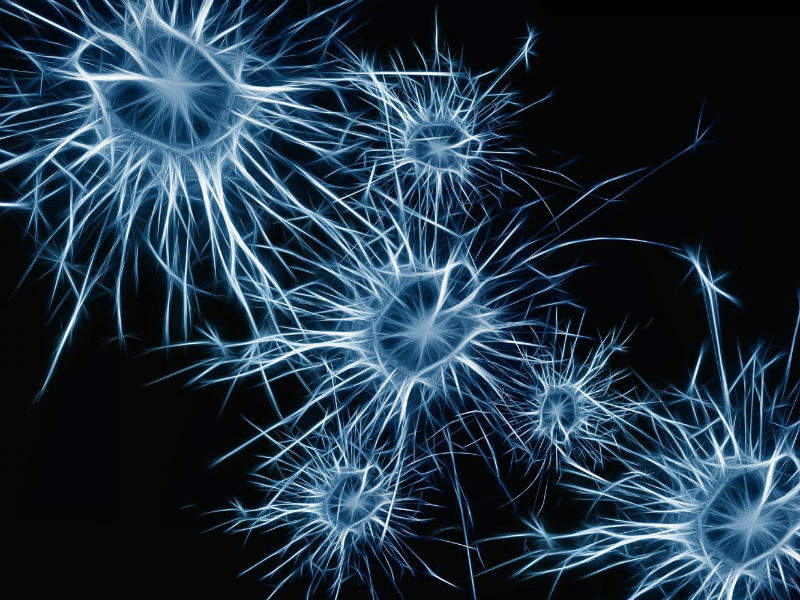
A research team from the California Institute of Technology (Caltech) in the US has found that it might be possible to selectively turn neural circuits on and off without surgery by using sound waves, which could be used in the treatment of psychiatric conditions and neurological disorders such as epilepsy and Parkinson’s.
The team was led by Caltech assistant professor of chemical engineering Mikhail Shapiro and the study is featured in the online edition of Nature Biomedical Engineering, demonstrating how the method—involving ultrasound waves, gene therapy and synthetic drugs—can be used to specifically alter memory formation in mice.
Shapiro said: “By using sound waves and known genetic techniques, we can, for the first time, noninvasively control specific brain regions and cell types as well as the timing of when neurons are switched on or off.”
Sound waves have never been used before as part of a method to fine-tune neural circuits. Shapiro’s team used sound waves in combination with small bubbles injected into the blood to temporarily open the blood-brain barrier.
Lead author of the study and postdoctoral scholar Jerzy Szablowski said: “When the bubbles are hit with ultrasound waves, they vibrate, and this motion jostles the blood-brain barrier open for a brief period of time.”
The temporary opening of the blood-brain barrier is the first step in the researchers’ three-pronged strategy. When the region is targeted by ultrasound, the team can then use gene therapy. Next, a virus is delivered into the blood, passing through the blood-brain barrier and delivering genetic instructions to the targeted cells. The instructions code for chemogenetic receptors, which are designed to respond to a certain lab-made drug.
How well do you really know your competitors?
Access the most comprehensive Company Profiles on the market, powered by GlobalData. Save hours of research. Gain competitive edge.

Thank you!
Your download email will arrive shortly
Not ready to buy yet? Download a free sample
We are confident about the unique quality of our Company Profiles. However, we want you to make the most beneficial decision for your business, so we offer a free sample that you can download by submitting the below form
By GlobalDataThe final step is to administer the drug and turn the specific neurons on or off.
Because this technique combines chemogenetics with ultrasound, the team has called it ‘acoustically targeted chemogenetics’ (ATAC).
Shapiro said: “Our method is a combination of technologies, each of which have been used in animals and are being advanced into the clinic. Because of this, we are further along in our development process than we would be if we started from scratch.”
The researchers hope to continue testing in animals with models of diseases such as epilepsy.



